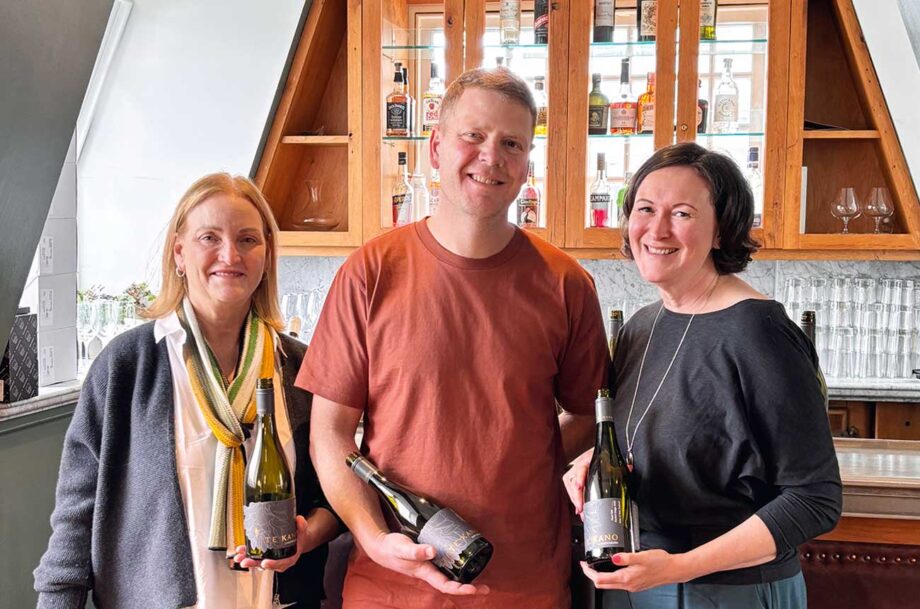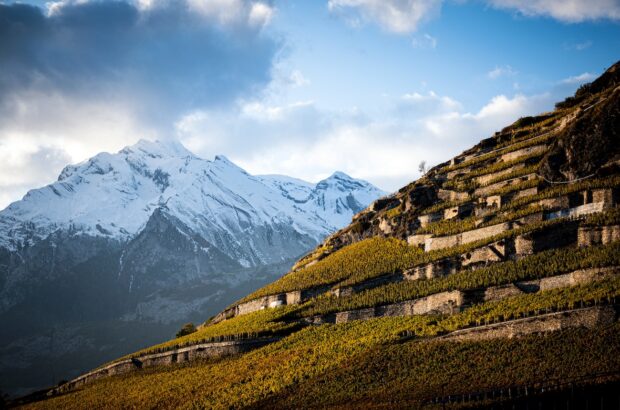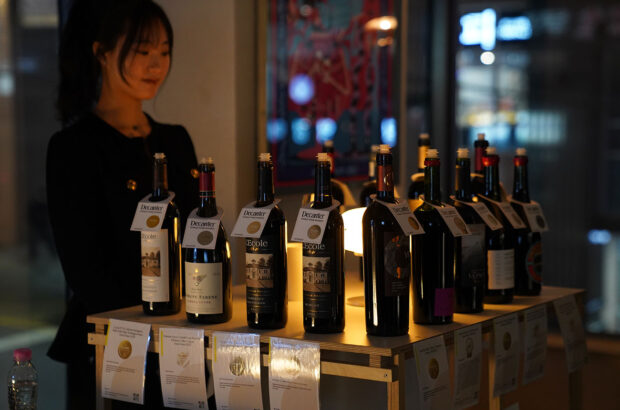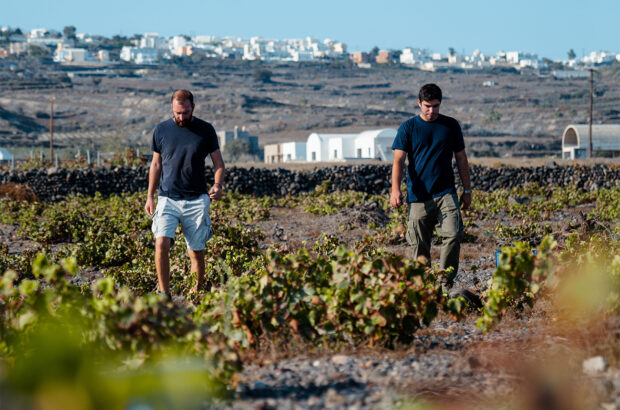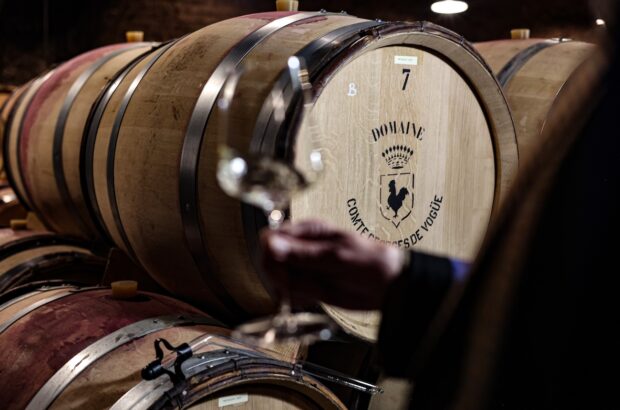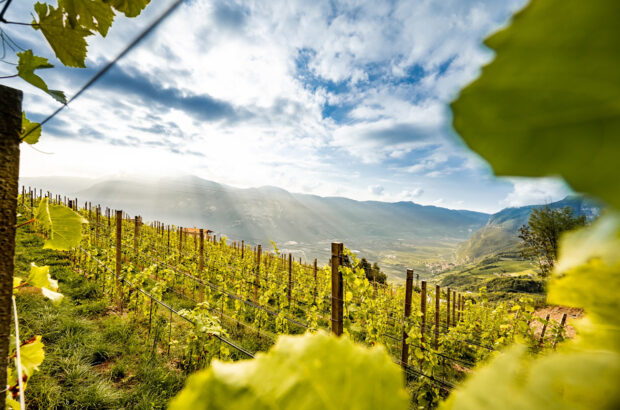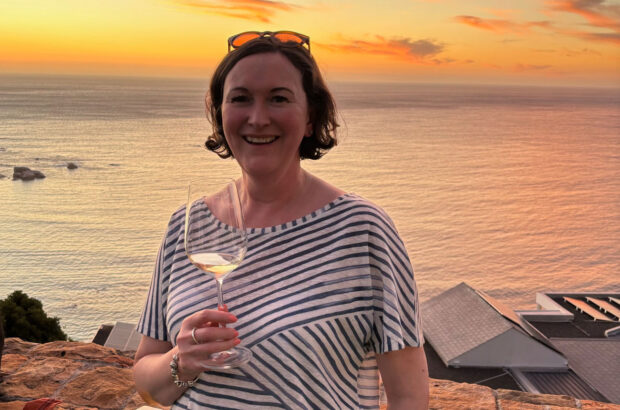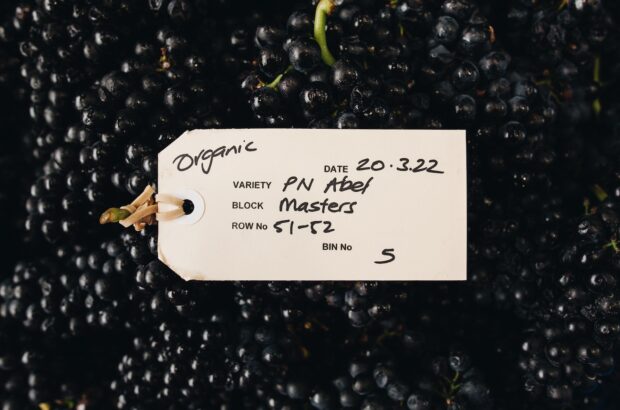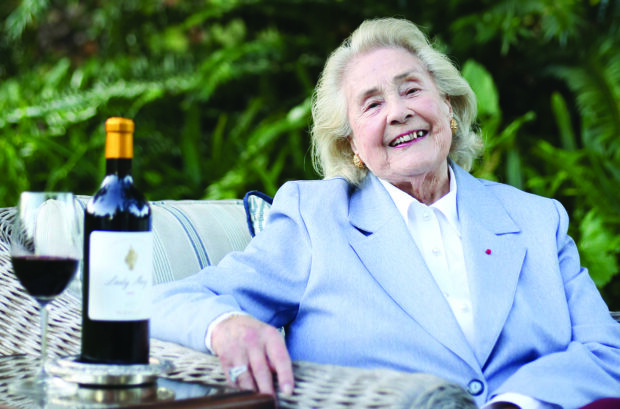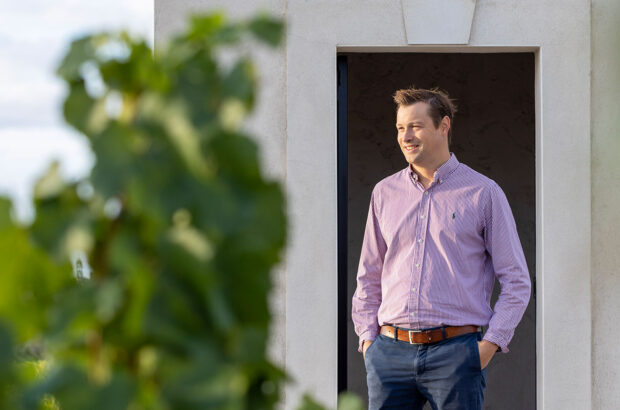Exploring Central Otago terroir
Julie Sheppard
A recent masterclass with New Zealand producer Te Kano drilled down into the differences between Central Otago’s Bannockburn, Northburn and Waitaki sub-regions. Introducing the area’s marginal climate, winemaker Dave Sutton noted: ‘It’s not unusual for entire vineyards to be wiped out by frost, so you need passion to make wines here.’ We tasted eight of those wines: Te Kano Land Series – three single-vineyard expressions of 2022 Chardonnay and Pinot Noir – plus Landwalker Chardonnay 2023 and Pinot Noir 2023, new estate blends of fruit from all three sub-regions. Differences – determined by geology and microclimate – were clear. The richness of Bannockburn Chardonnay (sandy soils) contrasted with the mineral poise of Northburn (schist); different again from the aromatic, chalky-textured Waitaki (alluvial and limestone). The Landwalker Chardonnay (£34 Davy’s) combined elements of all three, with its vibrant aromatics and purity of fruit underscored by flinty minerality and a driving line of acidity, thanks to 68% Northburn fruit (with 25% Bannockburn and 8% Waitaki). Similarly, the Landwalker Pinot Noir (£40 Davy’s) – a blend of 44% Northburn, 42% Bannockburn and 14% Waitaki – showcased the graphite tannic structure of Northburn, with Bannockburn adding weight to the mulberry, raspberry and red cherry fruit, lifted by lively Waitaki aromatics. As Sutton concluded: ‘It always comes back to place.’
Prophets and villains: a maverick take on Madeira
Ines Salpico
With thriving projects in the Douro, Alentejo and the Azores – and a young family – you’d think winemaker António Maçanita would struggle to fit more into the 24 finite hours of his day. However – if you want a job doing, ask a busy person – he’s managed to add a fourth winery to his edgy empire. In partnership with restaurateur Nuno Faria, he founded Companhia de Vinhos dos Profetas e Villões, making wines from old vineyards at risk of abandonment on the islands of Madeira and neighbouring Porto Santo. Having released its first commercial vintage in 2020, it’s now making exciting, pristine wines with an Atlantic soul. Standouts include Rosé dos Villões 2024, the moreish pink take on Tinta Negra featured in the Portuguese Rosés Expert’s Choice in our August issue; Caracol dos Profetas 2024, a wine of incredible mineral tension and a serious introduction to the rare variety Caracol; and Vinho da Corda 2023, an oxidative blend of Listrão (Listán Blanco) and Caracol that delivers a delicious punch.
Istria in a glass
Sylvia Wu
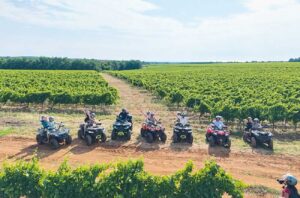
Credit: Vinistra
For a second time, the Decanter Winners Showcase, presented by regional association Vinistra, brought me back to the shimmering Adriatic coast in July to celebrate Croatian wine’s achievement at this year’s Decanter World Wine Awards: one Platinum medal and 14 Golds.
In addition to a helicopter ride from the stunning Rossi Winery and a quad bike tour through its terra rossa vineyards, the trip also included breakfast at Kozlović’s legendary Santa Lucia vineyard in Buje – one of Croatia’s finest terroirs. For a top expression of Malvazija Istarska, the region’s signature white grape, try the Santa Lucia Malvazija for its intricately layered flavours. At Matošević in Krunčići, we tasted a diverse range of barrel samples of the grape in oak, mulberry and acacia. Its Alba Malvazija Istarska 2024 (£18.90-£22.95 Hennings Wine, Vinvm) is an excellent example of the popular, fresher style – saline, with rosemary-scented quince.
Teran, the region’s indigenous red, shines when its bright acidity is balanced with generous fruit and polished tannins – Fakin’s Il Primo Teran 2020 is among the finest. Istria’s largest producer, Agrolaguna, takes a lighter, quaffable approach with its Festigia Teran 2023 – offering salty cranberry and a moreish finish.
Sugrue South Downs’ Essex adventure
Amy Wislocki
Amid a sea of sparkling wine, an abiding memory of my November 2023 tour of Sussex vineyards was tasting Sugrue South Downs’ still red Pinot Noir in barrel, on a rainy day, in the part- constructed winery, with owner and winemaker Dermot Sugrue. Aiming to make the best red wines in England, Dermot and his fellow winemaker, wife Ana, had sourced fruit from Mason’s Point vineyard in Crouch valley, Essex. Planted on blue clay, the site was recommended by Duncan McNeill, a Yorkshireman who helped to pioneer wine-growing in Crouch valley and is now consultant vineyard manager for the Sugrues. Back then, I tasted samples of the 2022 vintage, which was still slumbering in French and American oak, and was struck by the wine’s richness and aromatic nature. Fast forward to this July and a visit to the now completed winery for one of its Sugrue Sundays. Now in bottle and due for release in November (1,000 bottles only), the wine shows just why Essex has generated so much interest among the Burgundians: intensely aromatic and spicy, it has incredible energy, with fleshy, red plum fruit and hints of fennel. The second vintage will be a blend of two vineyards.
Peter Sisseck’s biodynamic gem in Bordeaux
Georgie Hindle
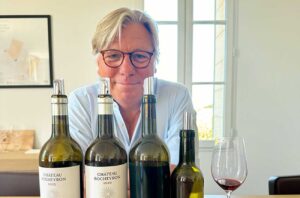
Situated on the limestone-rich plateau of St-Emilion, Château Rocheyron is a beacon of biodynamic winemaking, led by the visionary Peter Sisseck of Pingus fame. The estate, a joint venture with Swiss entrepreneur Silvio Denz, crafts wines that embody its terroir, delivering finesse and tension. Sisseck’s philosophy, rooted in soil vitality, shuns monoculture for biodiversity, fostering animal and microbial life. ‘It’s a necessity,’ he insists, saying the approach is essential for vibrant soils and authentic wines. Separate and distinct in style from Denz’s Château Faugères and Péby Faugères, Rocheyron is made with wild yeasts in small cement tanks and minimal new oak, enhancing terroir expression. The 2021 vintage (£85 Averys) captivates with cool crispness and drinkability, its higher percentage of Cabernet Franc (40%, with 60% Merlot) adding juiciness and clarity. The hotter 2022 vintage seduces with deep, fragrant aromas and a mouthfilling style, yet retains striking minerality. ‘I’m probably more in love with ’24 [a cooler, wetter year], but ’22 is wonderful,’ Sisseck reflects, hinting at the estate’s evolving finesse and reaching his ideal style after almost 15 years. Rocheyron’s commitment to quality and individuality ensures its wines stand out, offering a story of innovation and tradition.


